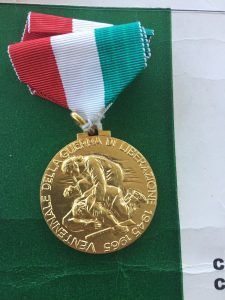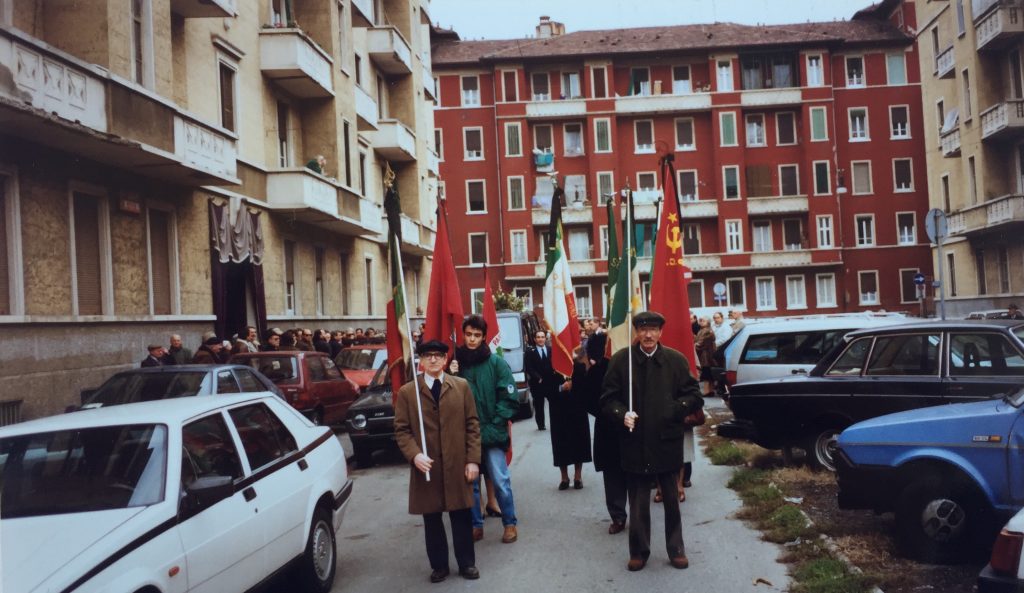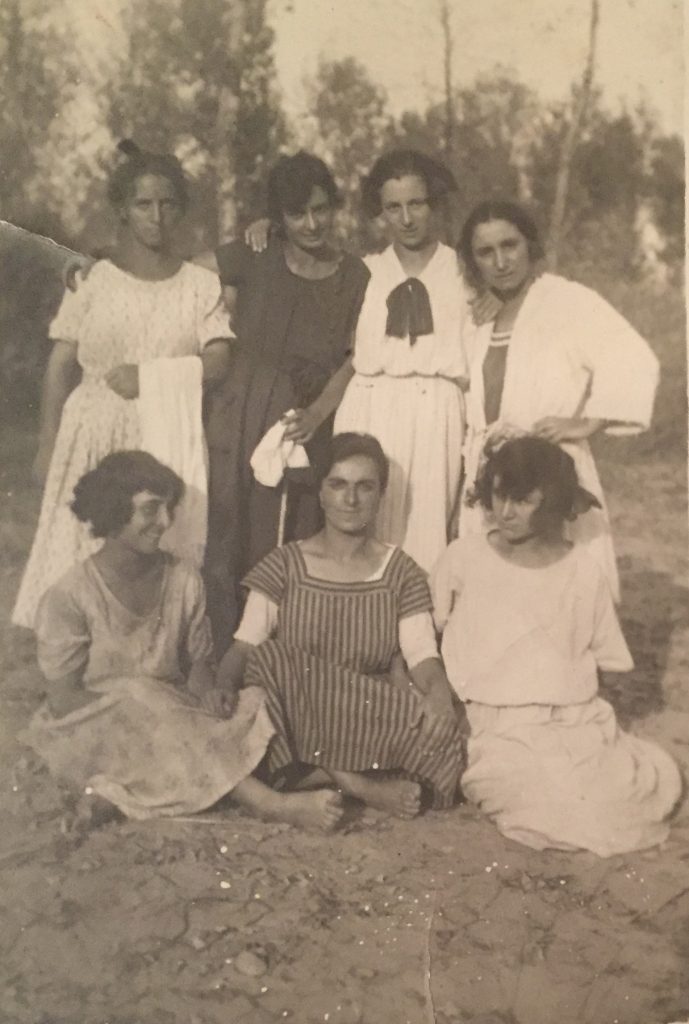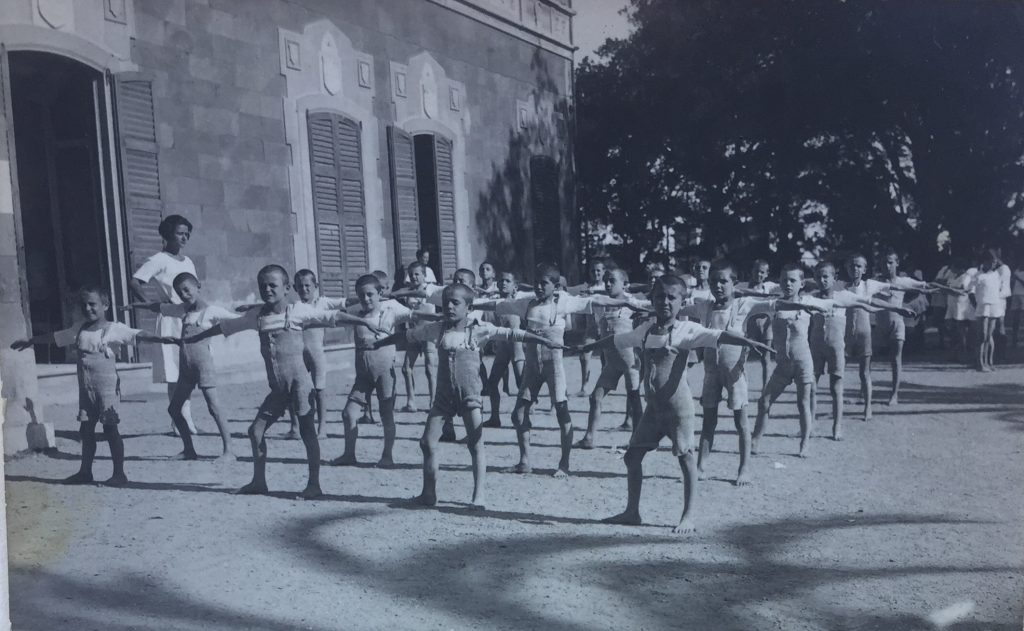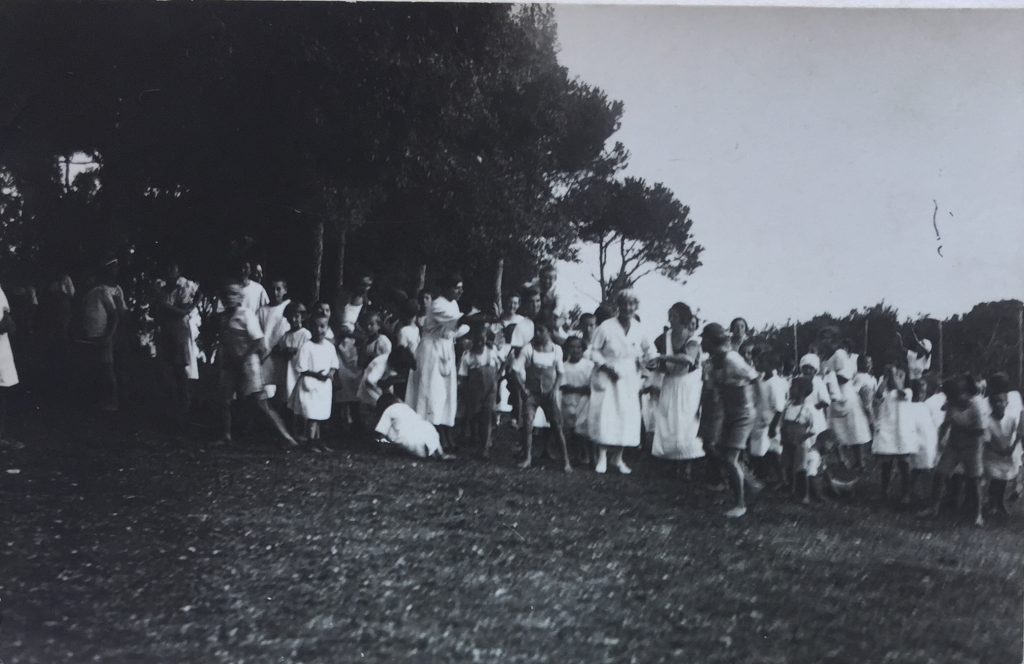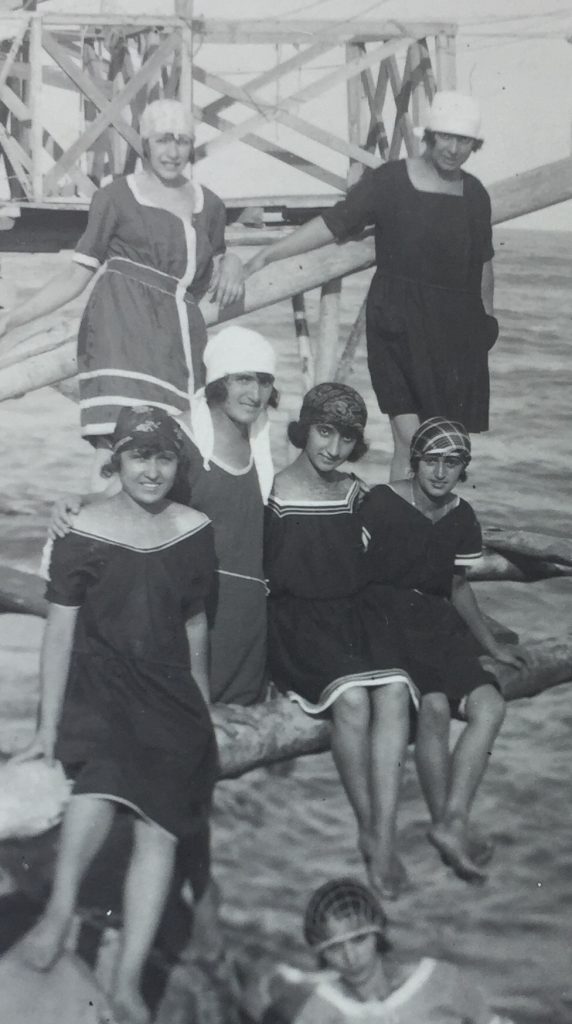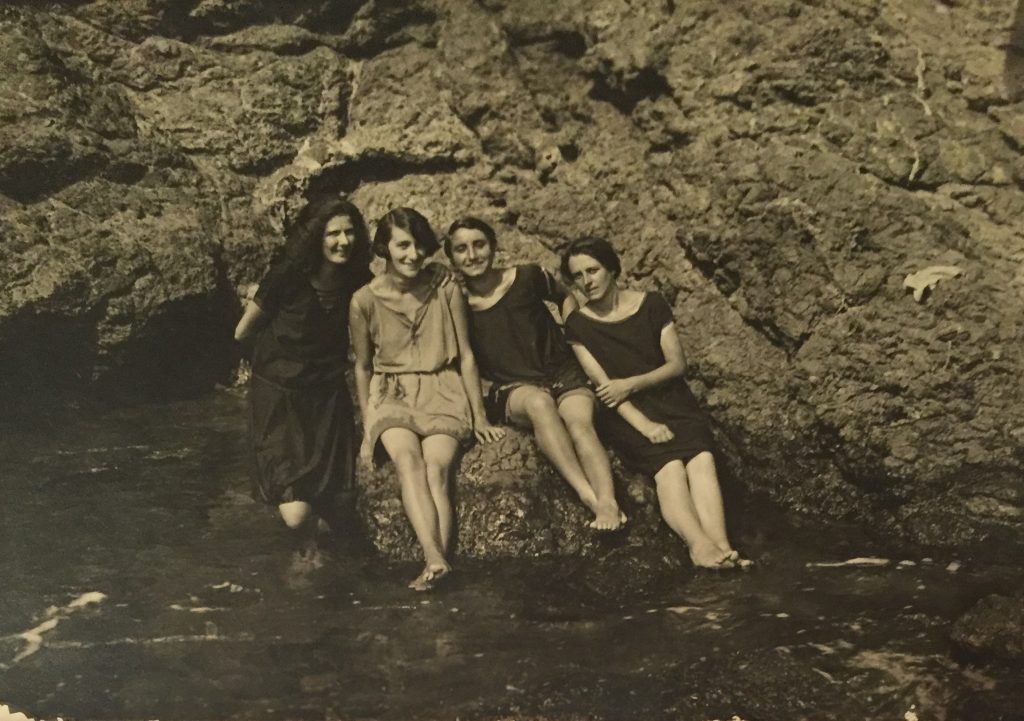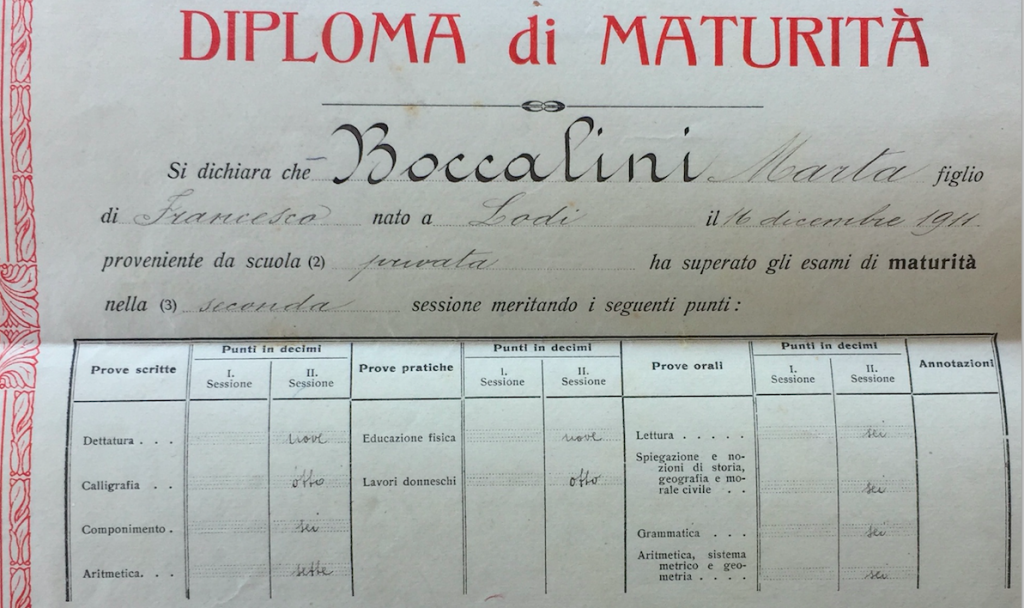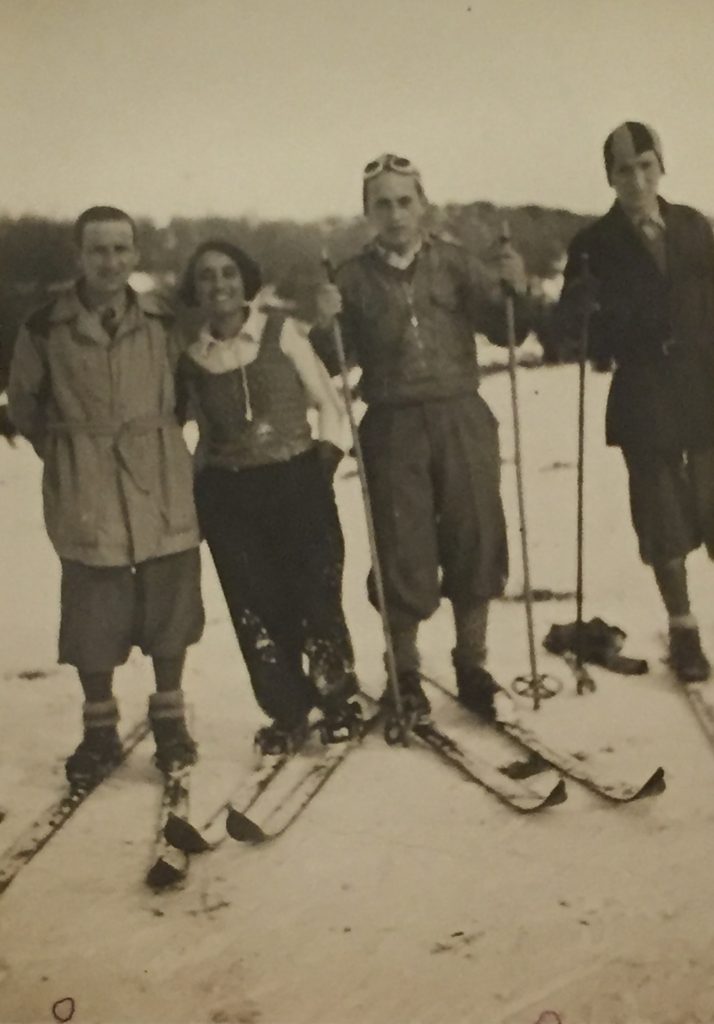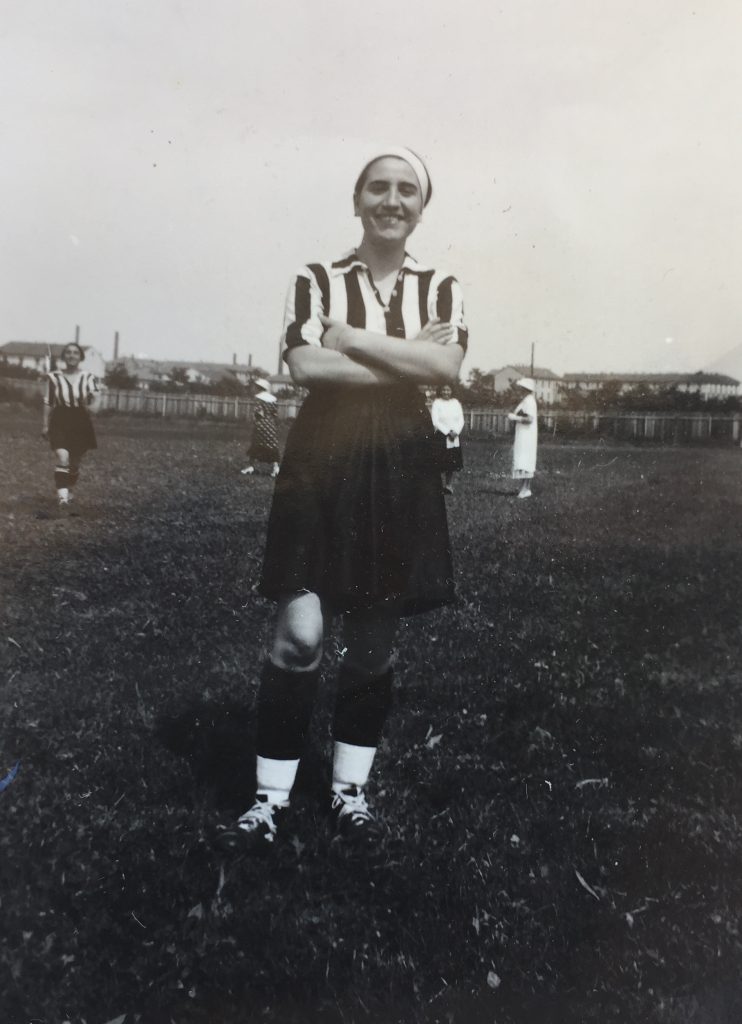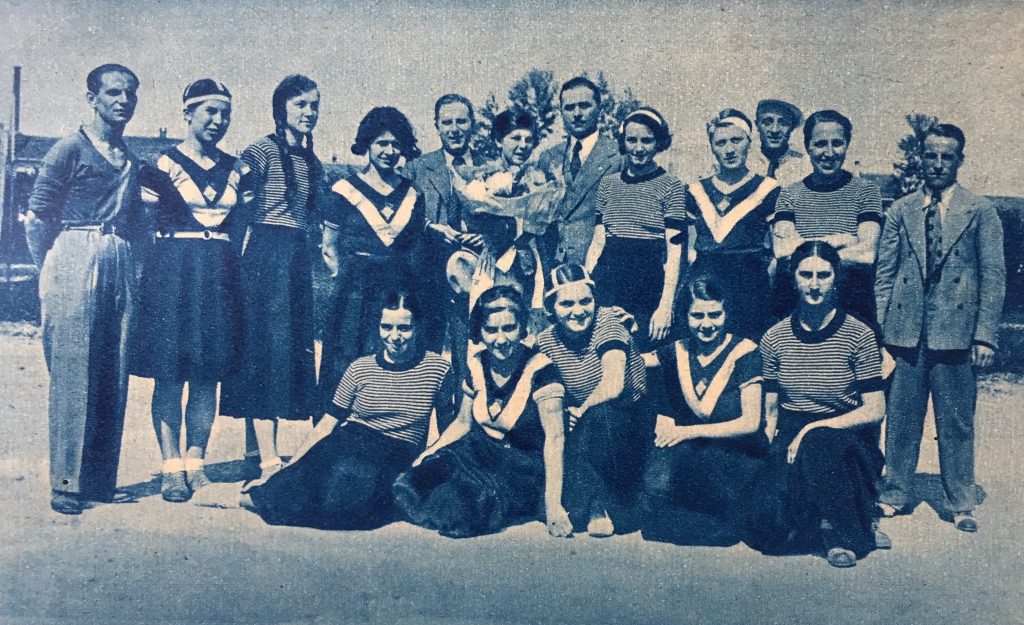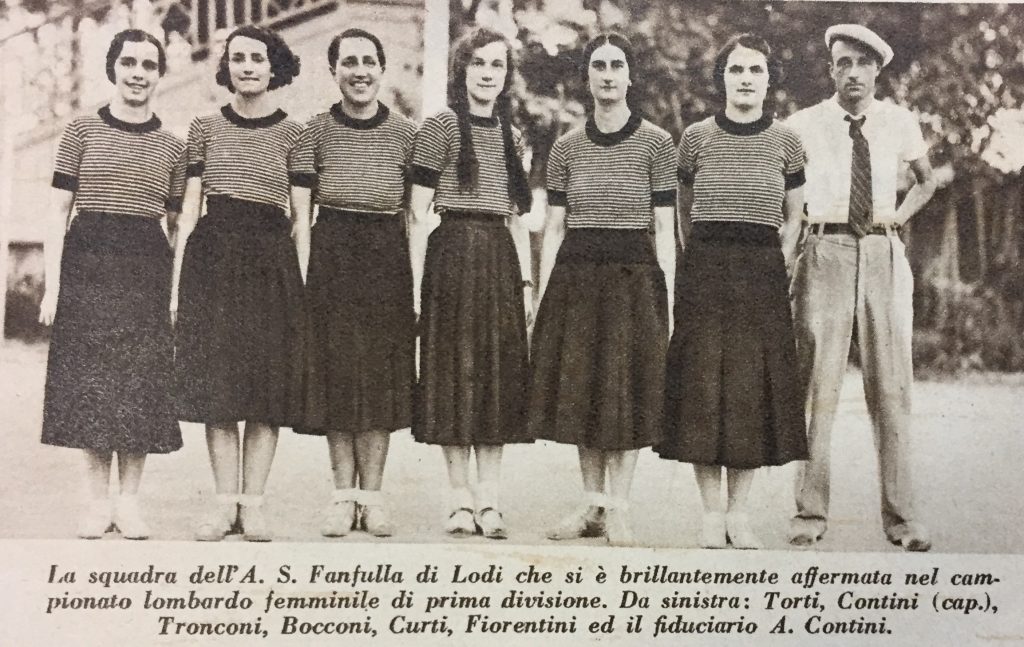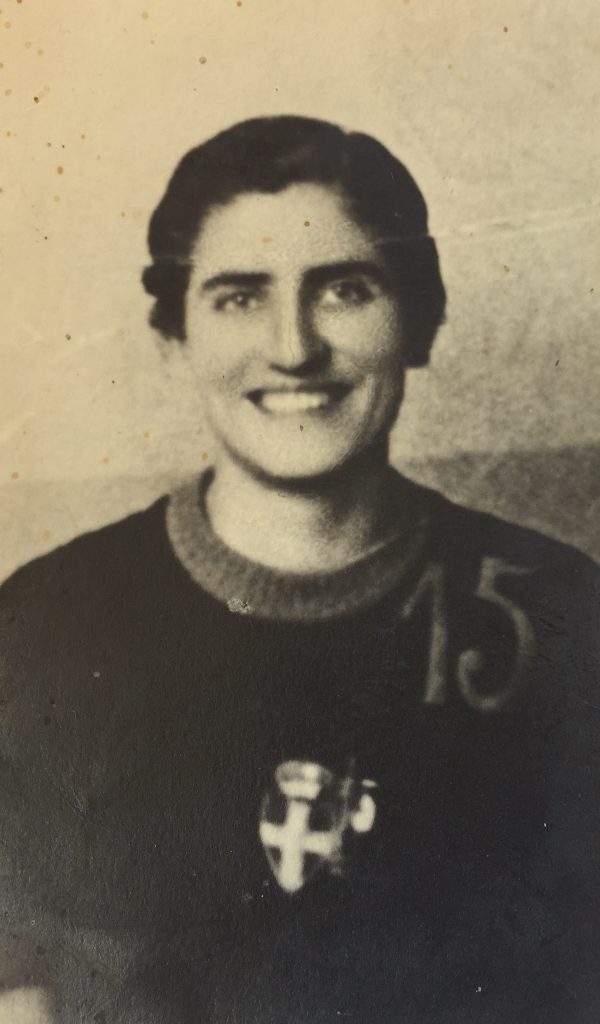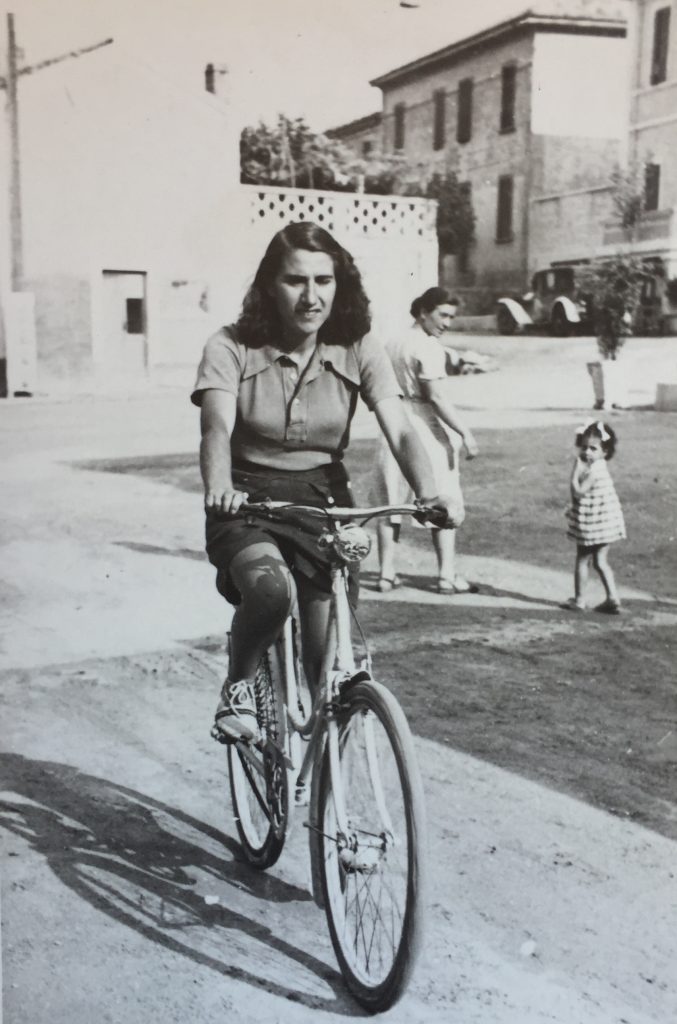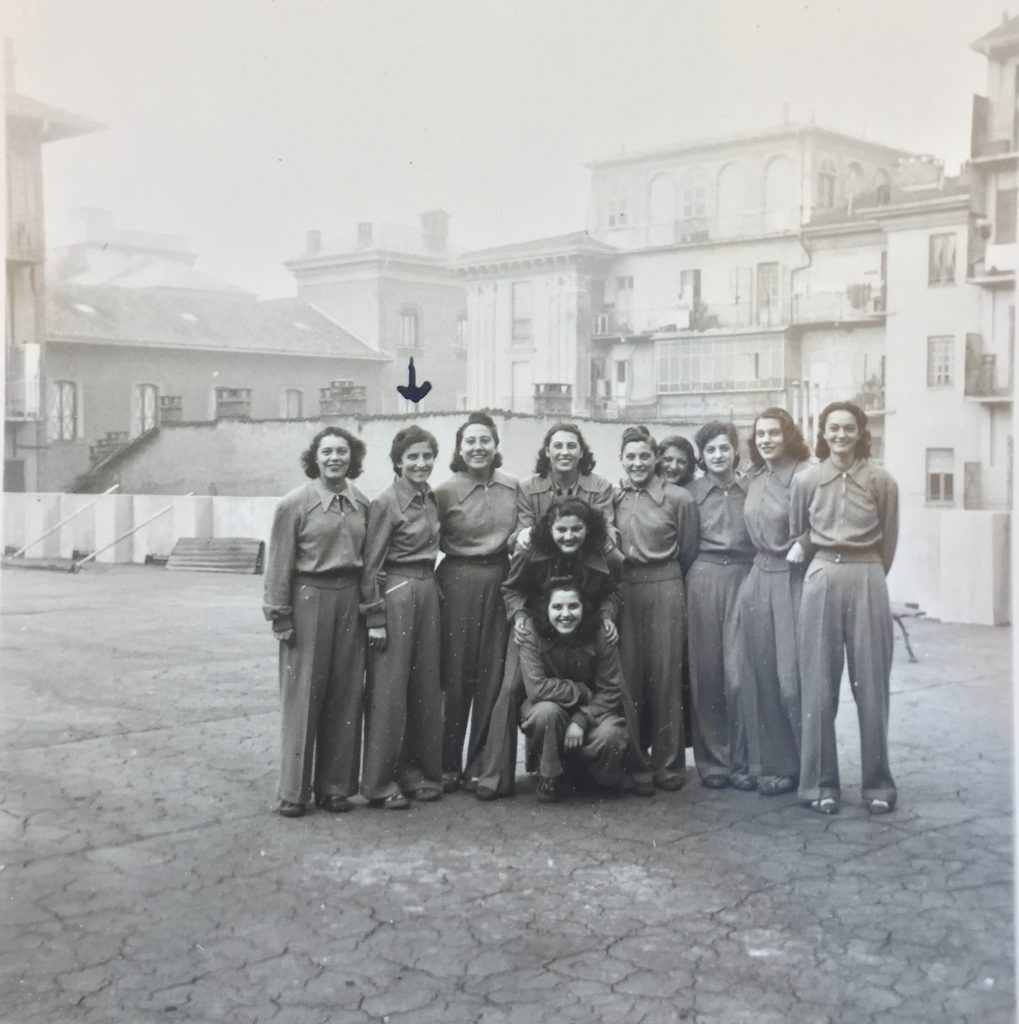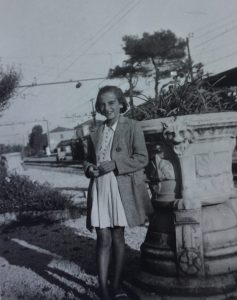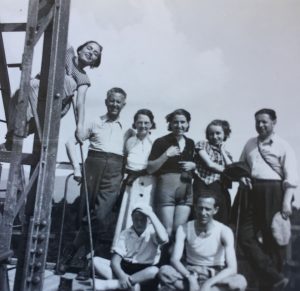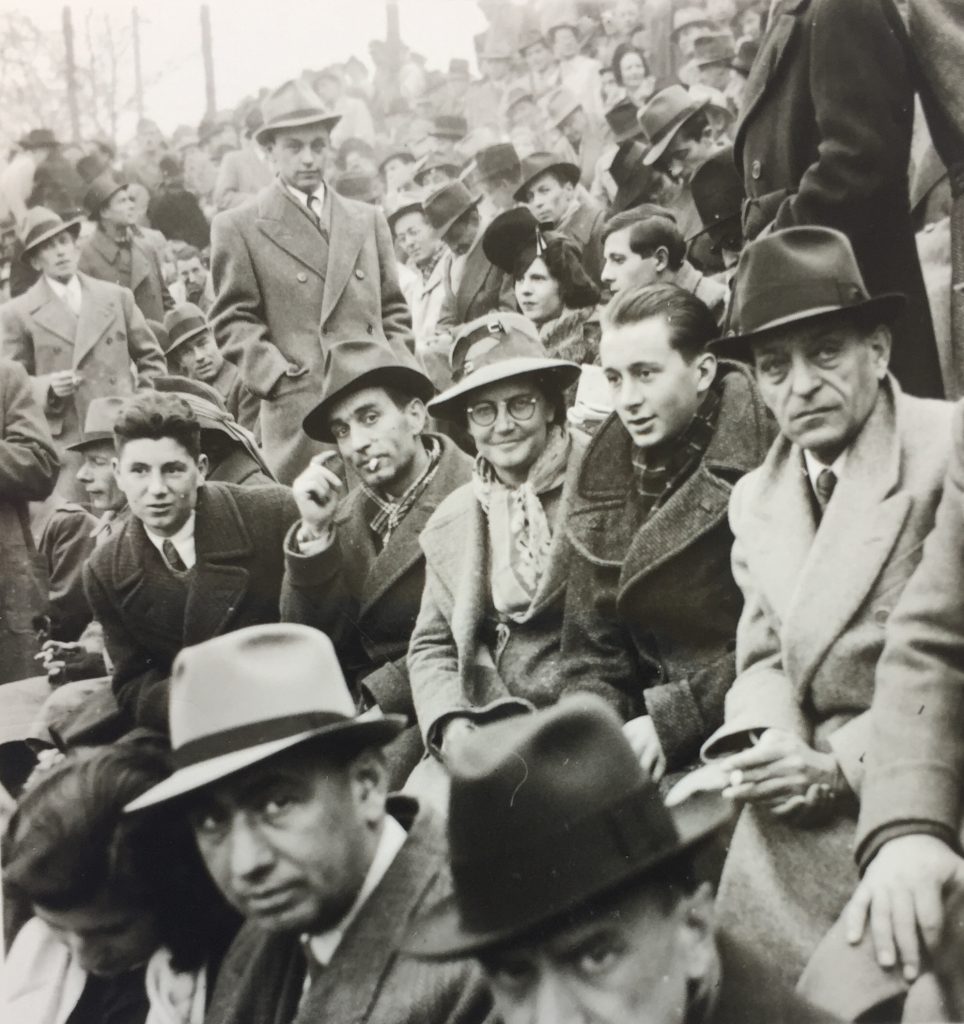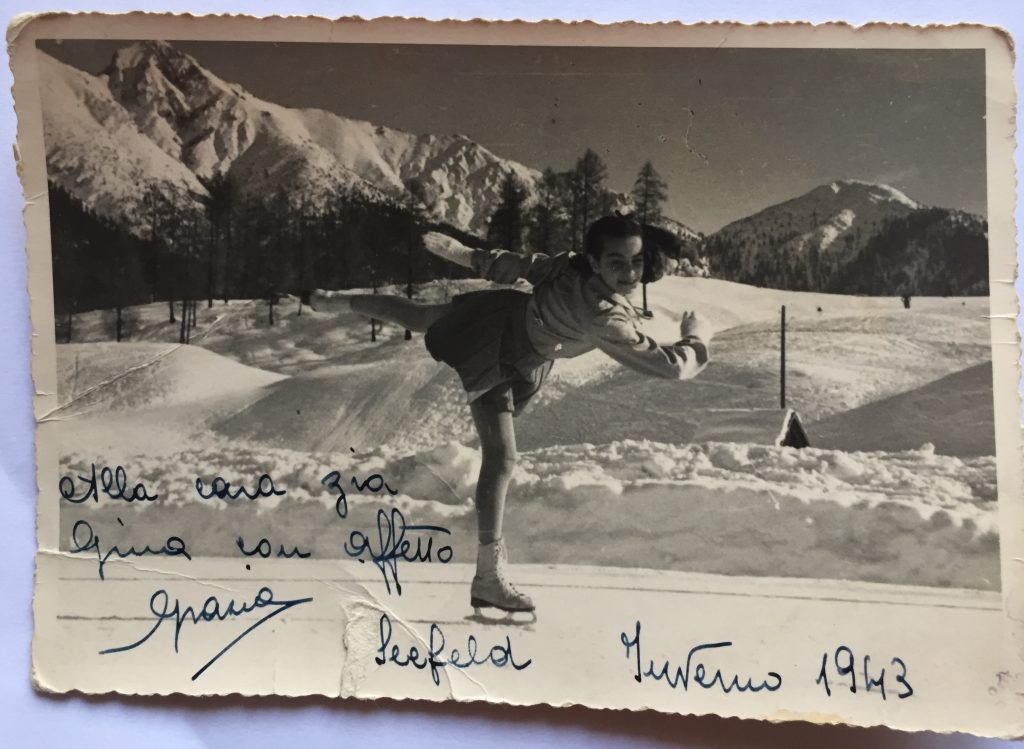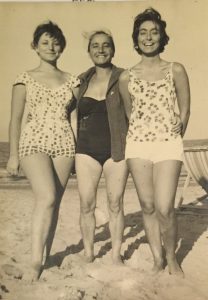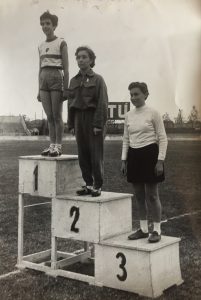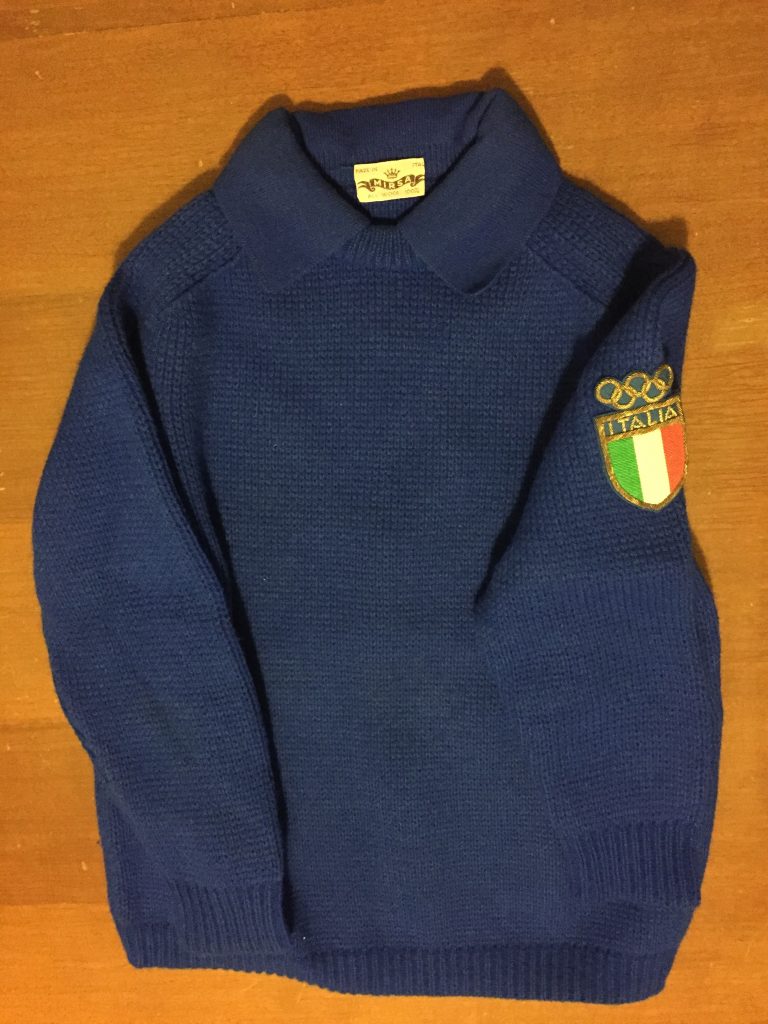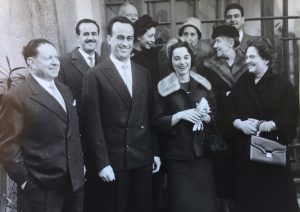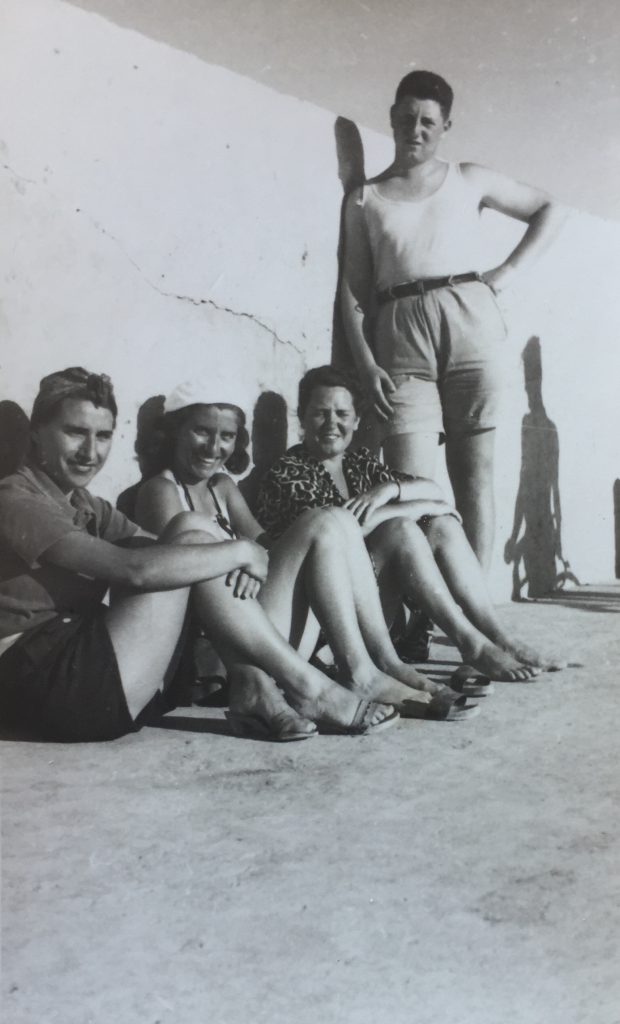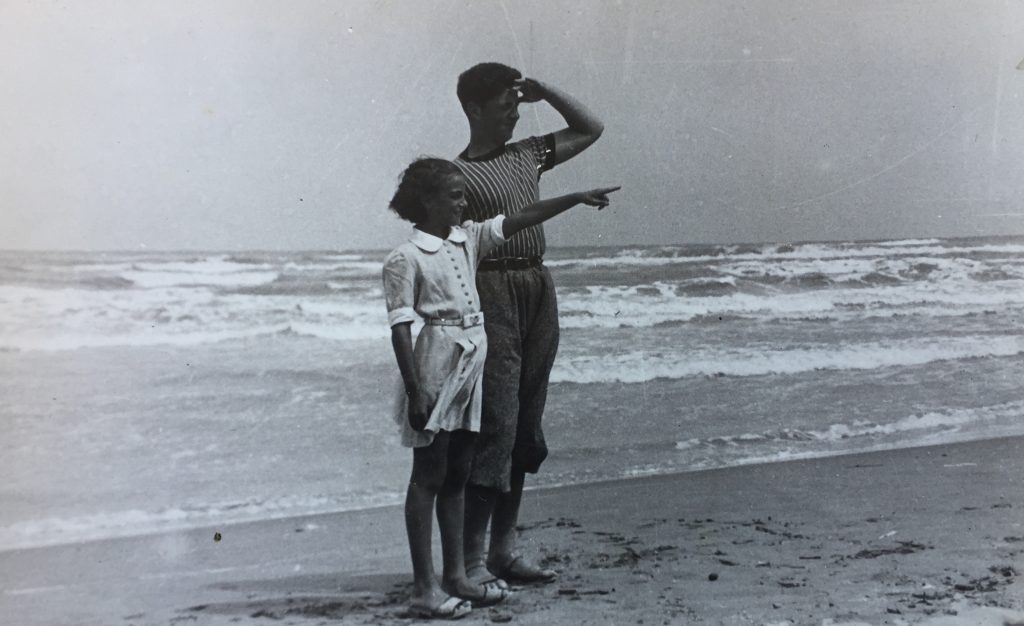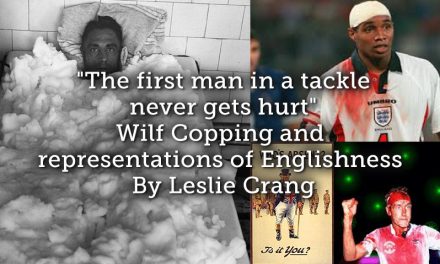For the earlier parts of this series see:
Part 1 – bit.ly/2NBMzZg Part 2 – bit.ly/2JKczw6 Part 3 – bit.ly/38ACGl8
Original research by Marco Giani and with special thanks to Federica Buratti for the translation
- Adding to the personal archives of Luisa “Gina” (preserved by her daughter Rosa Mottino) and Marta Boccalini (preserved by her nephew Paolo Gilardi, son of Rosetta), I recently had the chance to examine some new research objects such as a VHS tape and an audiotape, which are currently stored at Istituto Lodigiano per la storia della Resistenza e dell’età contemporanea (Ilsreco), that is the Institute of Resistance and Contemporary Age History, located in Lodi, Boccalini’s hometown. The Director of Ilsreco, Professor Ercole Ongaro, wrote some books during the 1980s and 90s about Ettore Archinti (1878-1944), one of the most important men in local history. Ettore was a revolutionary socialist sculptor, who became the first-ever Socialist Mayor of Lodi (1920), just before the Fascist regime took power. Ostracized by the regime, he nevertheless carryied on working for almost twenty years, until 1943, when he joined the Italian Resistance. In 1944 he was arrested for having helped a number of British prisoners to reach the Italo-Swiss border, he was sent to Flossembürg concentration camp in Germany, where he died in the same year. In one of his last cards, written to friends on the day of his arrest, he wrote:
Be strong, my beloved friends. Love is everlasting, and I will be with you forever
History of Ettore Archinti (in Italian).
At 1’ 52’’, “Testa di Popi” (“Popi’s head”: Popi was Giacomo Barcellona, Giovanna’s son); at 5’ 20’’, the last card wrote by Archinti
- The audiocassette tape contains the interview given to Professor Ongaro by Giovanna (and her husband Giuseppe “Peppino” Barcellona), Marta and Rosetta Boccalini in 1978 and the VHS tape contains Ongaro’s interview to Marta and Rosetta in 1989 (Giovanna and Giuseppe have since sadly passed away). For me, it was a unique experience to have the opportunity to listen to the old calciatrici‘s voices, and above to watch their living faces while they told their history to Professor Ongaro.
-
Marta’s 1965 gold commemorative medal for the first 20 years of Italian Resistance.
During the Nazi occupation of Northern Italy, she transmitted anti-Nazi Fascist flyers from Archinti in Lodi to some partisans in Milan.
Source: Archivio Marta Boccalini.
-
Rosetta funeral in 1991
The photo was taken in front of her house in via Tommei, Milan, the same house where Rosetta and Marta were living with their mother in 1933, when the two sisters started playing football.
As you can see, in the front of the non-religious funeral procession, two flags were kept: the green-white-red tricolore of ANPI (National Association of Italian Partisans), and the red sickle-and-hammered flag of PCI (Italian Communist Party).
Source: Archivio Marta Boccalini.
- In contrast to Marta (b. 1911) and Rosetta (b. 1916), the eldest Boccalini sisters Giovanna (b. 1901), Teresa (b. 1903) and Gina (b. 1906) grew up in early 19th century democratic Lodi, where the workers’ movement had built up a lot of social agencies, and among them, sport had a place. In a photo taken in 1922, we can see Gina and some friends, in swimsuits, cheering during the Colonia Fluviale, River Summer Camp.
-
Gina at the Colonia Fluviale, on the banks of Adda River, Lodi (1922)
Source: Archivio Rosa Mottino.
In the same summer, Giovanna, Teresa and Gina joined some of the older Socialist women (including Celestina Fasoli, Archinti’s lifelong partner) in the Summer Camp in Liguria, where they had to oversee a lot of children. Gymnastics and children’s games were among the activities offered by the educators, who also spent their free time visiting the Liguria coastal towns, and… swimming!
-
Gymnastics ad the 1922 Summer Camp in Liguria
Source: Archivio Marta Boccalini.
-
A children’s game overseen by the female educators in 1922 Summer Camp in Liguria
Source: Archivio Marta Boccalini.
-
1922 Summer Camp educators on the beach, during their free time.
Source: Archivio Marta Boccalini.
Gina was so good at swimming that, when still just a girl, she saved a drowning boy from the waters of the River Adda. As her sister Marta recalled in Ricordando… when the Municipality authorities wanted to reward the unknown brave teenage lifesaver, Gina hid. She was afraid of her mother Antonietta’s reaction, when in saving the young boy, she had temporarily abandoned all the children Antonietta had entrusted to her care…
-
Gina and some friends, some years later, in Genua (1926)
Source: Archivio Rosa Mottino.
Growing up even the youngest sisters of the family were introduced to sports and physical activities. In the 1978 interview, Marta, talking about Boccalini’s house in via Cavour 25 (now: 55), Lodi, says:
Now, try to enter into our house, please measure the width of that courtyard – now, as adults, we have a different view … and then imagine that we 23 kids played all together football, with hands ..
-
Marta’s report card from the school year 1922/1923
In the Italian school system, 6/10 is the minimum grade and 10/10 the highest.
As you can see, 11 year old Marta was sufficient in most of the subjects (she wasn’t so good at studying as all her sisters and suffered all her life for this reason), but she obtained 9/10 in Gymnastics…
Source: Archivio Marta Boccalini.
- Moving to the Fascist age (1922-1943), the youngest Boccalini sisters (including Gina, who was the middle child of the 5 sisters) seized all the opportunities offered by the authoritarian regime to the Italian girls, above all after 1927, when the family moved to Milan …
-
Gina skiing with some friends (unknown date). If they are her colleagues, this photo could be dated to the 1930s, when the Fascist regime offered a lot of leisure events to workers. Gina, who studied in an accountancy high school, was working as a clerk
Source: Archivio Rosa Mottino.
-
Marta in black and white GFC jersey (1933), Gina on the left. Please note, in the background, another player (in white shirt), and two elegant ladies, GFC supporters.
Source: Archivio Marta Boccalini.
-
The first ever female basketball match played in Lodi (June 1934)
Fanfulla (the famous Lodi Sporting Club) players (Curti, Torti, Bocconi, Tronconi, Fiorentini) won 22-4 against a team made up of Milanese players (in black jersey).
Source: Azzurri, 8 June 1934, p. 2
-
Another photo of the Fanfulla female basketball team. Torti, Contini – captain, Tronconi, Bocconi, Curti, Fiorentini – coach A. Contini. This was the team that won the 1st (regional) Division of Lombardy during the Summer of 1934.
Source: La Domenica Sportiva, 8 July 1934, p. 15
After her marriage, Gina stopped practicing sport, as was usual during that time. Marta started to suffer from some physical problems, which were to haunt her for the rest of her life. As we already know, Rosetta became a great sportswoman, playing in the Ambrosiana female basketball team in the late 1930s. Together with her team- mates, Rosetta travelled across the country, something scarcely possible for a young girl in Fascist Italy…
-
Rosetta with Ambrosiana basketball jersey (1938)
Please note the number (15), and the Fascist logo
Source: Archivio Marta Boccalini.
-
Marta riding a bicycle, during a summer holiday in Gabicce Mare (July 1941).
Source: Archivio Marta Boccalini.
-
Rosetta (2nd from the left) and her basketball team-mates, Turin or Milan, November 1940 or January 1941.
Source: Archivio Marta Boccalini.
- Meanwhile, the Boccalini’s new generation had to raised, and as previously seen, sport continued to play a central role in the education offered by Giovanna to Giacomo “Popi” (b. 1926) and Grazia Barcellona (b. 1929), and by Gina and Marta, who had to take care of her nephew for some years, to Gina’s daughter Gioia Mottino (b. 1937).
-
The original handwritten caption says ‘Grazia, who was going to attend a football match in which her aunt Rosetta was going to play’. Probably ‘football’ is a typo for ‘basketball’, we have no knowledge of Rosetta playing football after 1933 and Grazia in that year was only 4. Also this photo was taken at a train station – Rosetta played a lot of away games in the biggest Italian cities at that time.
Source: Archivio Marta Boccalini.
-
Barcellona family hiking in the Trentino mountains (Cima Penegal, 1740 m.), with some friends, in 1936. Giovanna (aged 35) is 2nd from left (white-clothed and with glasses); on her side, Marta (25, in black); Giuseppe (38) is the last from right; Giacomo (10) is the first sitting from left. The climbing girl could be Grazia (7).
Source: Archivio Marta Boccalini.
Astonishingly, Giovanna (not her husband Giuseppe) introduced her son Giacomo to the football fandom, going with him at the Arena, at that time house of Ambrosiana Inter, to see Meazza and his team-mates.
-
Giacomo Barcellona, Mario Boccalini, Giovanna Boccalini Barcellona, Rino Bordoni at the Arena Civica, Milan, at a football match. Unknown date: but before 1943, when Giacomo died
Source: Archivio Marta Boccalini.
It was during those years that Grazia was introduced to ice-skating, thanks to the fact that Barcellona’s house was so near the via Piranesi’s Palazzo del Ghiaccio, one of the few ice rinks in late 1930s Italy. In a 1978 interview Giovanna revealed that she knew nothing about ice skating. Archinti, on the contrary, was very fond of it, and he used to skate at Palazzo del Ghiaccio often during the week, with some old friends. One day Archinti told Giovanna:
Why don’t you let little Grazia try ice skating? I know the Ice-Skating Club President very well…
-
Grazia Barcellona skating in Seefeld (Winter 1943). The photo is autographed by her uncle Luisa “Gina”. On the back, a handwritten caption by Gioia or Rosa Mottin says: ‘Grazia Barcellona – Italian ice figure skating champion – my cousin’
Source: Archivio Rosa Mottino.
- After the war, Grazia became a great ice skating champion, competing at the 1948 Winter Olympics in St. Moritz. But she wasn’t the only Boccalini sisters’ children to have a sport career. Gioia, Gina’s first daughter, was an amateur athlete at Polisportiva Ambrosiana, training at the Arena Civica. She competed in 100m, 200m, and long jump. She also competed with Giuseppina Leone, the most important Italian athlete of that time. After getting married, Gioia gave birth to Marco Bonitta (b. 1963), a well-known volleyball coach, who had also been the coach to the Italian Women’s National Team coach twice, from 2001 to 2006, when the team took gold at the 2002 FIVB Women’s World Championship, and from 2014 to 2016.
-
Rosa Mottino, Luisa Boccalini Mottino, Gioia Mottino on the beach (unknown date)
Source: Archivio Rosa Mottino.
-
Gioia Mottino (silver medal) during an Athletics award ceremony, 10 October 1954.
Source: Archivio Rosa Mottino.
-
This Olympic woollen sweater, shown to me by Luigi and Francesco Ferrari just after the death of her mother, Grazia Barcellona (who passed away on 2 October 2019, in her house in Milan).
It is possibly from the 1956 Winter Olympics in Cortina, in which Grazia (already a retired ice skater) joined the event’s organization, as you can see from the label ‘Made in Italy’
Note here that in every photo from 1948 St. Moritz Winter Oympics (see https://www.playingpasts.co.uk/articles/gender-and-sport/flipping-through-grazias-photo-albums-flashbacks-from-the-career-of-a-1940s-1950s-italian-figure-ice-skating-champion-part-3/ ), Grazia wore a white sweater.
Source: Archivio Grazia Barcellona.
-
Giuseppe Barcellona, Tullio Ferrari, Grazia Barcellona, Giovanna Boccalini Barcellona at the marriage of Tullio and Grazia – 27 February 1960
Source: Archivio Marta Boccalini.
- Up to now, we can clearly see how the GFC adventure was just a chapter in the lifetime’s romance of the Boccalini sisters with sport, in all its forms, They were raised thinking that practicing sport was an important part of their personality, and they later decided to educated their children (above all, their daughters and their nieces) in the same way … It is truly a wonderful story of female sporting tradition, played during one of the most patriarchal times of Italian history. As Archinti (the spiritual inspiration behind Grazia’s career) always told the young Boccalini sisters during the dark Fascist years
‘Go on, go on, let’s go on working, and you will see how things will change. A change is going to come, if we go on working’.
As Giovanna recalled in 1978, after so many years, Ettore Archinti
‘always encouraged us … you know, always, always, always!’
-
Marta, Rosetta, Giovanna and Giacomo, during summer time in Gabicce Mare 1940.
Source: Archivio Marta Boccalini
-
Grazia and Giacomo Barcellona on the beach, Gabicce Mare 1940.
Source: Archivio Marta Boccalini.
Article & Images © Marco Giani
To read Part 5 of the series click HERE
For a new (Italian) article by Marco Giani published by «Archivio Storico Lodigiano» historical journal about Boccalini sisters, see http://bit.ly/2t5Hajj .

![“And then we were boycotted” <br> New discoveries about the birth of women’s football in Italy [1933] <br> Part 4](https://www.playingpasts.co.uk/wp-content/uploads/2019/12/PP-banner-maker.jpg)
